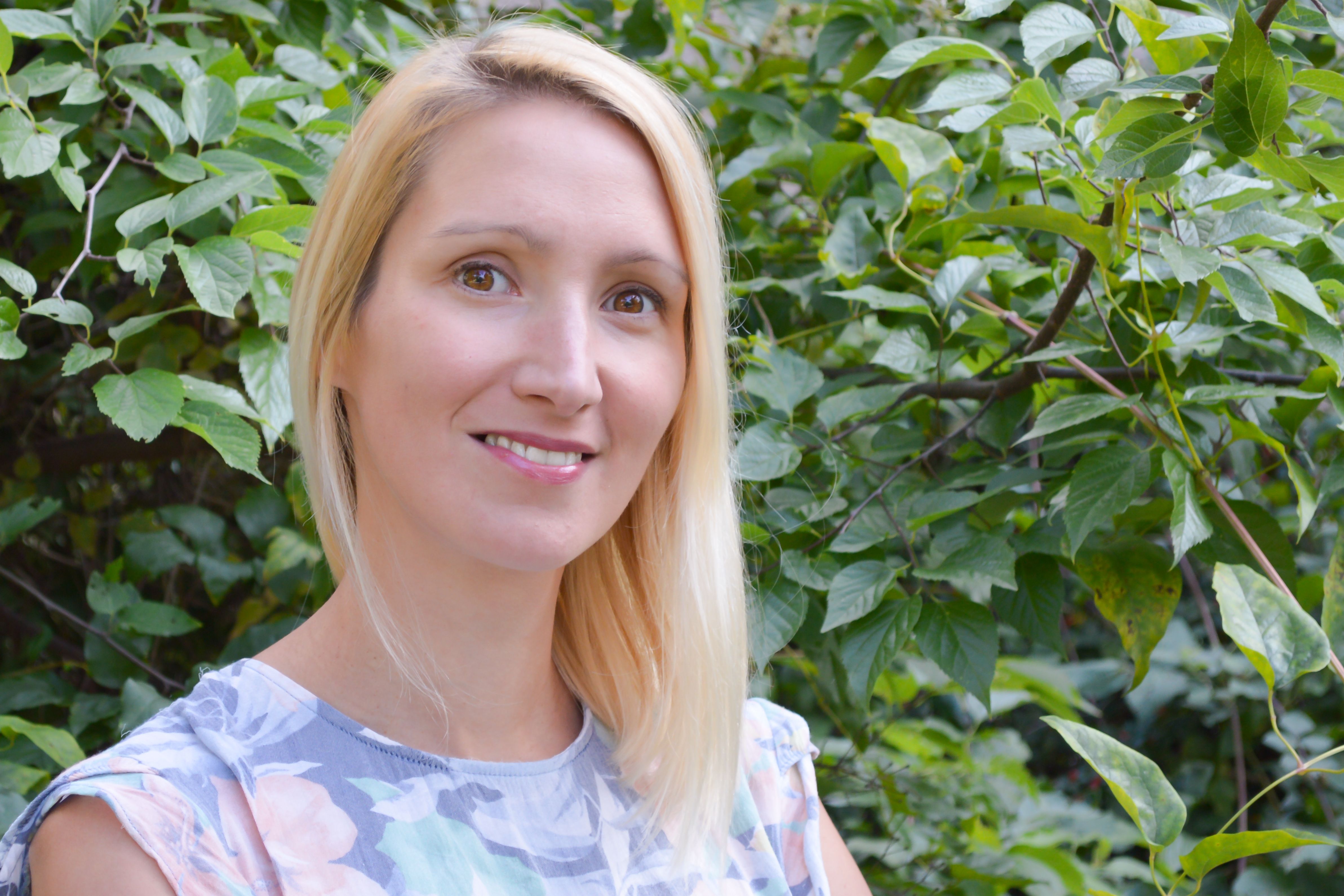
(Vienna, 02 Oct. 2017) Daniela Lötsch, postdoc at the Institute of Cancer Research of the MedUni Vienna, was awarded a grant from the Hertha Firnberg Programme by the FWF (Fund for the Promotion of Scientific Research). In the scope of the project, Lötsch will investigate in the next three years the oncogenic mechanisms of TERT promoter-mutated tumours (especially glioblastoma and mesothelioma) that characterise them. The aim is to identify new target structures for improved anti-cancer therapy.
The gene TERT (telomerase reverse transcriptase) encodes part of the enzyme telomerase. This prevents the ends of the chromosomes (telomeres) from shortening during cell division. In a healthy organism, the function of telomerase is very limited in order to suppress uncontrolled cell growth. In contrast, telomerase is activated in 90 percent of all solid tumours.
In earlier studies of Lötsch and her colleagues it could be shown that a high percentage of glioblastoma shows an increased activity of TERT/telomerase and that the affected patients are characterised by a worse prognosis. Recently, it has been discovered that mutations in the TERT promoter, a gene sequence that can regulate TERT gene activity, are responsible for "overactivation" in many tumor types.
In her work, Lötsch now investigates why glioblastoma and mesothelioma are more aggressive with this modified TERT promoter sequence. Furthermore, it is to be clarified whether the mutation alone promotes increased malignancy or whether other oncogenic factors play a role in this process.
Co-applicant of this research funding is Walter Berger, deputy director of the Institute of Cancer Research and member of the CCC, who provides Daniela Lötsch with laboratory space for the implementation of the project. Lötsch says: "Professor Berger's working group offers excellent conditions for investigating this question. We have a variety of glioblastoma and mesothelioma cell models - both TERT promoter mutated and wild type cell lines of each tumour entity.” In cooperation with the Kepler University Hospital Linz (Sabine Spiegl-Kreinecker at the Neuromed Campus) as well as the Department of Neurosurgery and the Institute of Neurology at the MedUni Vienna, the researcher has access to more than 400 glioblastoma cell lines. In addition, about 40 cell lines of the mesothelioma are available (cooperation IKF/W). Berger with the Division of Thoracic Surgery/Walter Klepetko, Department of Surgery, MedUni Vienna/AKH Vienna).
Last but not least, the researcher also wants to find therapeutic target structures which present a point of attack in the "telomerase-driven" tumours. Lötsch: “The mutation in the TERT promoter alters the DNA and generates so-called secondary structures. I want to confirm these changes and test substances that specifically inhibit the promoter and thus block the activation of telomerase."
Hertha Firnberg Programme
The FWF offers extremely well qualified female scientists who are working towards a career in universities the chance of a two-stage funding for a total of 6 years.
The career development programme for female scientists is divided into the Hertha Firnberg Programme for postdocs, which aims to support women at the start of their scientific careers, and the Elise Richter Programme for senior postdocs and the Elise Richter Programme for women’s art-based research, Elise-Richter-PEEK, with the aim providing the necessary qualifications to apply for professorial positions in Austria or abroad (Habilitation and/or artistic Habilitation or equivalent qualification).
About the person
Daniela Lötsch studied nutritional science at the University of Vienna and prepared her diploma thesis at the Institute of Cancer Research (IKF) of the MedUni Vienna. During her PhD studies in malignant diseases, Lötsch worked at the IKF as well as in the Laboratory for Theoretical Neurosurgery at the Neuromed Campus, Kepler University Hospital, Linz. In August 2016, she accepted a post-doctoral position in Walter Berger's laboratory.